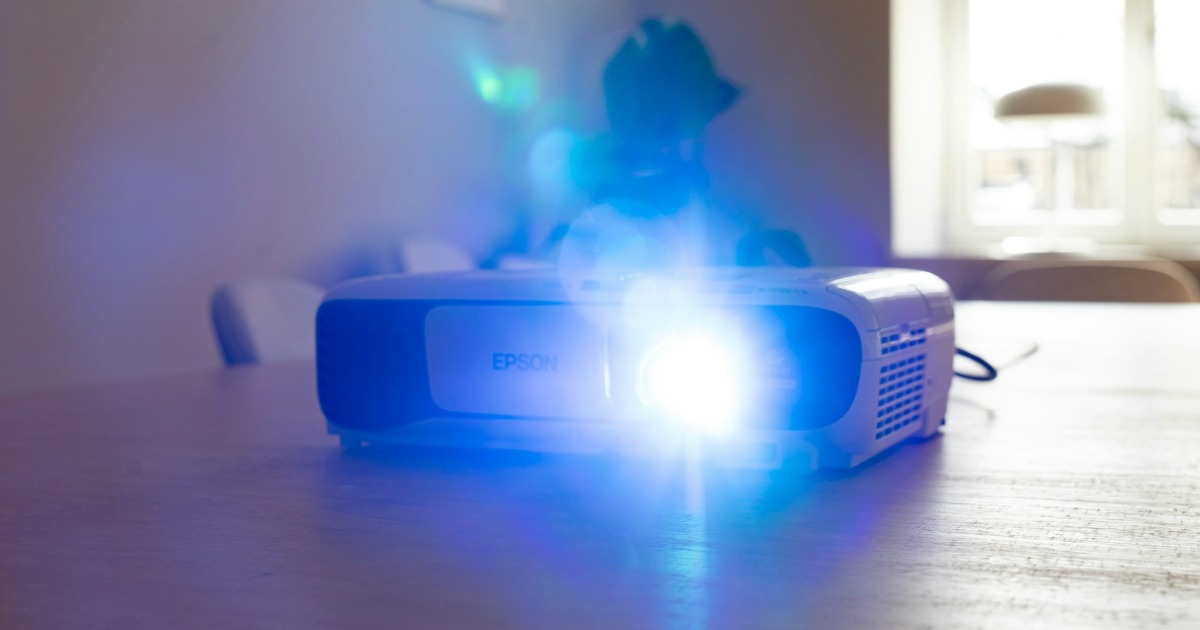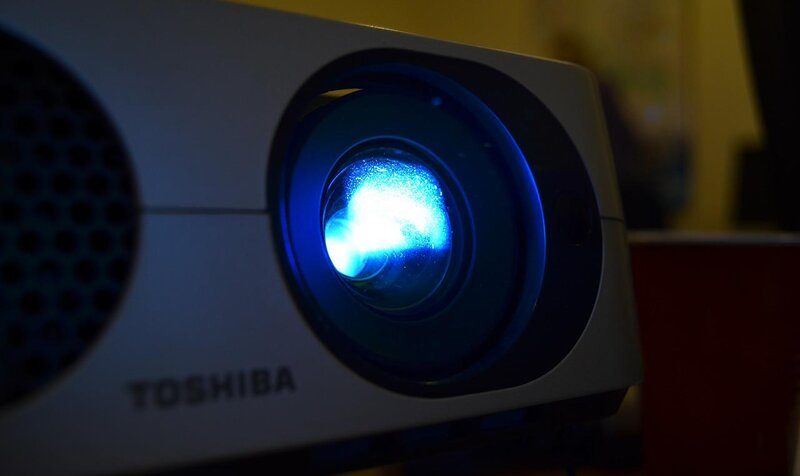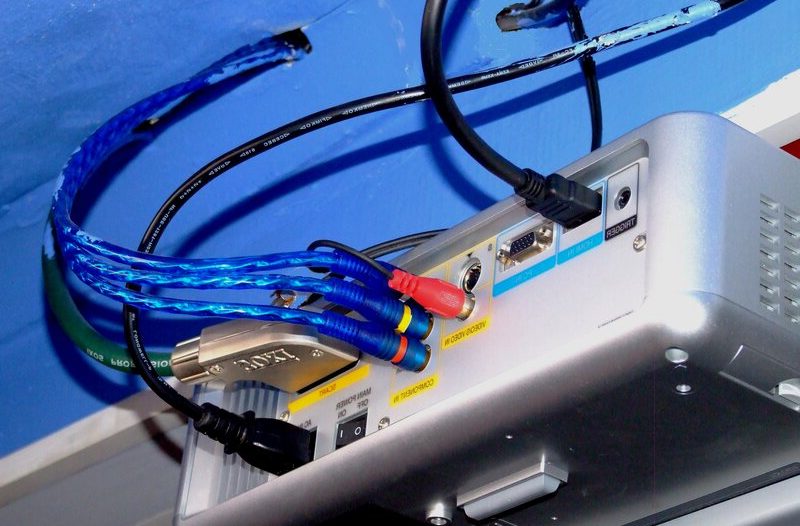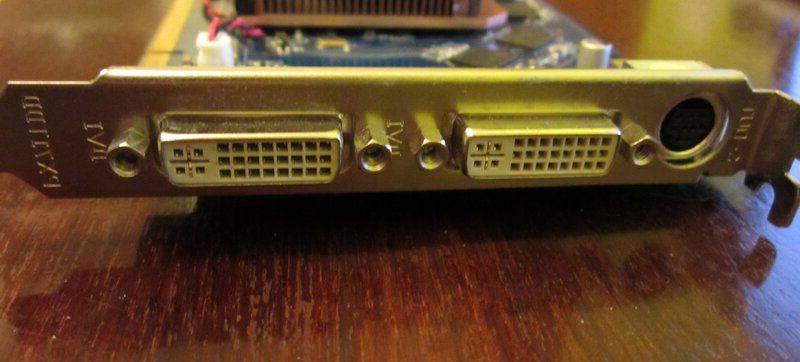Why Is The Projector Not Displaying? 6 Unexpected Reasons You Must Know
- 01 Apr 2025 02:08
- 217

Projectors have become an integral element of a student's education in the twenty-first century. Most schools would prefer to employ projectors rather than individual workstations for their students since the latter is more costly. Imagine giving a presentation, and the projector suddenly stops displaying an image. What do you need to do? When a projector fails to produce an image on the screen, the first step in diagnosing a projector issue is to examine your laptop and the projector. One of the first reasons is that you made an improper connection between the projector and the information source. It's also possible that your projector isn't showing up on the computer screen because of software difficulties. Ensure you're using the proper connection and adapter when connecting your source device to the projector to resolve this problem. Other reasons Why Projector is Not Displaying will come up in this article written by Display Central. Let's dig deeper into it to learn how to fix them!
Why Is The Projector Not Displaying: How To Fix It
If your projector is not showing the computer screen, there may be six reasons:
- The broken lamp.
- Wrong display mode.
- Improper data connection.
- Projector problems.
- Operating system settings.
- Software settings.
Broken Bulb

Digital projectors utilize light to produce an image for display. If the projector does not show full screen, the bulb likely has a problem. You may need a specialist to change your lamp. So, look for an appropriately labeled indicator light among the projector's controls to check for an out-of-service lamp or one that's near to requiring repair.
Display Mode
When you connect your laptop to a projector, you'll need to change the display mode on the laptop. It will help the documents and activities on your computer screen appear on the projection screen. Check your computer's documentation or help files to see which function key activates specific display modes, such as projection alone or laptop screen with projector. You will need to press the "Fn" key near the spacebar. Then the corresponding numbered F-key from the top row of the keyboard utilizes these function keys.
Data Connection
Make sure the projector and computer are correctly connected. This connection is usually made via a VGA, DVI, or HDMI cable. You may use a DVI or VGA cable to connect your projector and computer. The DisplayPort or small DVI connection on specific Apple computers requires an adaptor. If everything else fails, try connecting the cable to a different outlet to see if it helps. Suppose you wish to connect wirelessly through a local network or Bluetooth signal. The information you wish to show will not be able to be sent to the screen.
Operating System Settings
Check whether your operating system is configured to utilize a second display or screen. Go to Control Panel > Display in Windows or System Preferences > Display on Mac OS to access the display settings. If you have two monitors connected, you may need to move the video application if you expand the desktop. Before attaching the second display to the projector, ensure it's configured to a resolution that the projector can handle.
Projector Problems

The projector has a problem if the video is shaky or displays only sometimes. Check the projector's settings to ensure you have chosen the correct input. Most versions have an on-screen display that allows you to change inputs and adjust the resolution. A self-testing procedure may also be accessible.
Software Settings
Examine your choices. There is an option to choose several monitors in PowerPoint "Set Up Showbox, for example. The program you're using to view the video may have a function that enables you to see the clip on a second screen or device. If at all possible, watch the video using separate software. You may also need to update your program by downloading and installing any updates or patches that may be available.
How Can I Project My Computer Screen Onto A Screen?
Here are five tips for you to project content onto the screen:
Check for Loose Cables

If you use HDMI and VGA cables to connect your projectors, you should double-check that the wires aren't loose. Check that the wires are firmly attached to your respective ports on the PC and the projector. If this is not the case, disconnect the cables and re-plug them to guarantee a solid connection.
Switch the Display Mode
- Use the Windows + P to open the sidebar displayed below.
- Choose the Duplicate display mode used for projector presentations.
- You may need to alter their display mode settings to correct the projector's display.
Update Graphics Card And Port Adapter Drivers
A graphics card or HDMI/VGA port adapter driver might be to blame for a projector display issue. Here are two ways to fix update drivers: Manually update:
- Press Windows + S, then type "Device Manager" into the search box.
- Look for the Display Adapters in the Device Manager.
- Select Update Driver from the context menu when you right-click on the ones you want to update.
Automatically update: Use third-party driver updater software to see whether you need to update those drivers. It will automatically scan in seconds. Manually updating drivers might be time-consuming. Use a professional tool whose primary goal is to search for outdated drivers and update them to finish all work securely. So, DriverFix is the best program for managing and updating your drivers separately.
Turn on the PC's Video Output

To enable projection, you may need to switch on the video output on their desktop or laptop. In most cases, users must utilize the Fn hotkey combination. Users of Acer laptops, for example, may switch on the video output by pressing the Fn and F5 simultaneously. The video output hotkey differs by the PC manufacturer. You should consult your device manuals for further information about video output hotkeys.
Check if the Projector's Standby Mode is On
The projector may be in standby mode, so it does not display content. You may press the standby mode button on a projector to wake it up. See the handbook for further information if you're unsure where the standby mode button is on your projector. This button depends on the device.
FAQs
Why is my projector not displaying HDMI?
- You did not correctly plug the HDMI cable in.
- There is a problem with the HDMI projector port.
- Your streaming HDMI projector port is broken.
- You incorrectly entered the projector parameters.
How do you fix a black screen on a projector?
- Change Display Settings under Control Panel > Appearance & Personalize > Display Settings.
- You should see two displays, one of which is labeled RayOne.
- RayOne will no longer be the main display screen if you uncheck this option.
- Close the window by clicking Apply.
How does a projector show black?
When a projector projects a light beam onto a wall or a projection screen, the sections of the picture that seem black are a very faint white hue that we call gray.
How do I get my projector to show the screen?
- Connect your laptop to the projector with an HDMI connection. Then, turn on the projector and open the lens.
- Open your laptop's display settings and make any required adjustments.
- To project your desktop, use a mirror display, or expand the display to make the projector a second monitor.
Conclusion
We discovered the solution to the query of “why projector not displaying” in this post. When your projector stops operating, check if the HDMI or VGA connection between your computer and projector works appropriately. There are so many various solutions. Try them out, and let us know which one worked best for you in the comments box below. Thank you for taking the time to read this!
